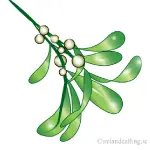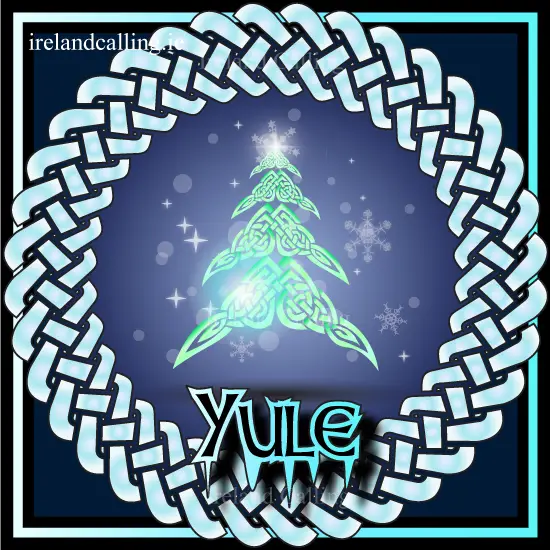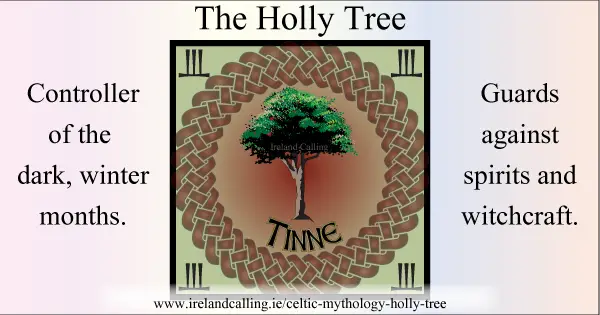21st December The Winter Solstice
The longest night and shortest day was observed in Ireland long before the Celts came along.
Proof of this can be found at Newgrange in Co. Meath where an underground cairn dating back to 3300bc was built to be illuminated by the sun specifically, every year, at sunrise on the winter solstice.
In days gone by, winters were harsh and uncertain times. People were never sure of living through them.
The solstice was a day of hope and joy, the day the sun would begin to return. This day has been celebrated throughout the world by many different cultures with many different customs.
In the Celtic lands there was no better way to celebrate such a time than having a large feast and a number of healthy bonfires to rejoice in light and merriment during the dark, cold side of the year.
Most of the remaining cattle were slaughtered to save on feeding them and the wine and ale made throughout the year was fermented and ready to drink.
Druids – rituals related to winter solstice
Holly was a tree sacred to the druids and linked to the dark half of the year and the winter festivities.
There was an old myth that on the solstices of each year the holly king and the oak king would fight.
Find out more about the Holly tree in Celtic mythology
On the winter solstice the oak king would win his battle with the holly king, regaining control of the year until the holly king defeated him on the summer solstice to take over the darkening months.
Holly was often brought into dwellings at this time of year as a symbol of hope and protection from evil.

Mistletoe was also a sacred plant to the druids who had a ritual of cutting it from the holy oaks with a golden sickle six days after the new moon closest to the winter solstice.
Yule is Germanic in origin but seems to have made its way west to the English-speaking lands over the centuries and been absorbed by Christian culture.
Holly and mistletoe have remained symbols of Christmas as has the yule log and the yule boar or Christmas ham as it’s now known.
Celtic Festivals
Irish Symbols – each with their own fascinating origins
Celtic jewelry – symbols of love and friendship

